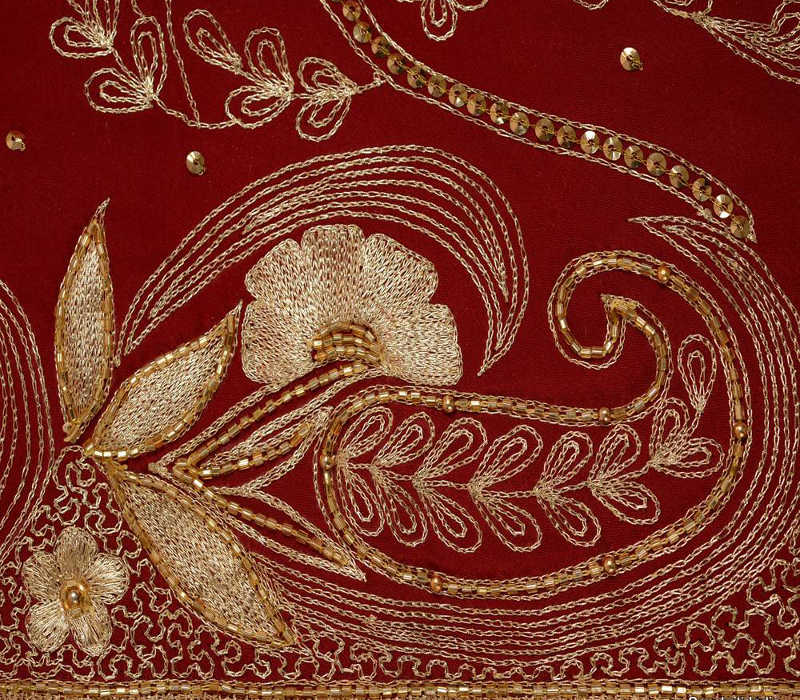===
1460,
3
===

=== |
 |
gūñdhnā : 'To knead (dough); —to plait, braid; to plat, weave'. (Platts p.927)
tarkīb : 'Putting together, combining, mixing; setting (a stone); composition; compound; mixture; construction, structure, make, mechanism; form, fashion, mode, method, arrangement; means, plan, contrivance'. (Platts p.319)
cholī : 'A small jacket, a bodice; a waistcoat; body (of a gown or coat)'. (Platts p.453)
FWP:
SETS
MOTIFS == CLOTHING/NAKEDNESS; EROTIC SUGGESTION
NAMES
TERMS == THEMEWhat is the nature of the tarkīb ? Is it her body itself that's a 'device' for entrapping the poor lover? Is it the thin fabric of her clothing that's a 'device' for, as SRF says, making clothing do the work of nakedness? The word tarkīb strongly suggests agency, planning, deliberate choice or even scheming (see the definition above). But who has made or contrived this 'device'-- the beloved herself? Nature? God? As so often, we're left to decide for ourselves.
The idea that someone has, so to speak, 'kneaded' rose-leaves to make her flesh adds to the erotic vision presented in the verse. Of course, gūñdhnā can also refer to 'braiding' or 'weaving' (see the definition above), but the primary meaning has to do with kneading dough, and that's much the most juicy and tactile vision.
Nowadays 'choli' refers to the kind of blouse that is worn with a sari (or maybe with a long Rajasthani skirt). But notice the definition above, which is much broader. It would be a mistake to decide that the beloved is (imagined as) wearing a sari or a Rajasthani skirt. We really can't tell what she's wearing, except that it's made of only one layer of very fine fabric, so that when it's wet the color of her skin can show through.